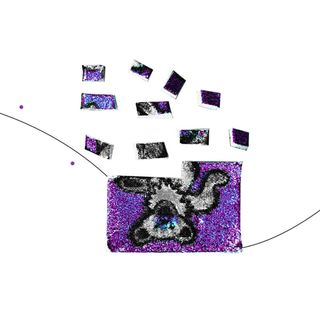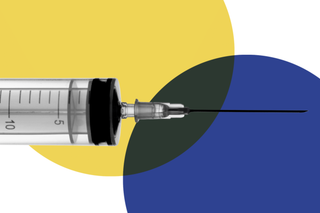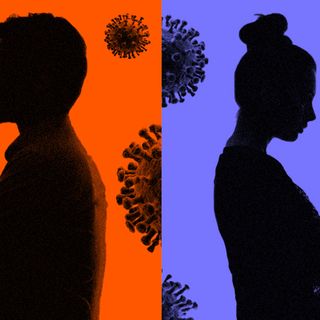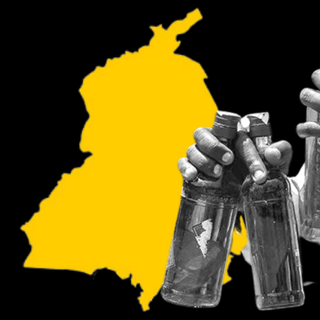
What Vaccine Efficacy Rates Really Mean
An 81% efficacy rate doesn’t mean a vaccine only works 81% of the time.

The Covaxin vaccine shows an efficacy rate of 81% in its Phase III trials, Bharat Biotech announced Tuesday. Covaxin is one of two vaccines in use, along with Oxford-AstraZeneca’s Covishield (62-90% efficacy rate), in India’s Covid19 vaccination campaign that recently expanded to inoculating elderly members of the public. But it’s easy to misread this statistic — 81% efficacy doesn’t mean the vaccine only works 81% of the time. In fact, a higher efficacy rate doesn’t even mean one vaccine is better than another. So what do vaccine efficacy rates signify?
Vaccine efficacy rates reflect risk reduction, not a count of people, explain Carl Zimmer and Keith Collins for the New York Times. An 81% efficacy rate doesn’t mean that for every 81 vaccinated people who didn’t catch Covid19, 19 vaccinated people did. Rather, it means vaccinated people were 81% less likely to contract Covid19. The number reflects a ratio of the number of vaccinated people who still ended up contracting Covid19 to the number of control (non-vaccinated) people who contracted Covid19.
On top of this, efficacy rates are also influenced by a handful of other very complicated statistical measures that might raise or lower an efficacy rate, but which when compared, can cancel each other out. This means it’s difficult to judge different vaccines’ actual superiority in risk reduction solely by comparing overall efficacy rates.
But, since efficacy rates are the only thing the general public has to go on, regarding their decisions to receive a vaccine and which, understanding what they actually reflect is an important part of building public buy-in, reaching herd immunity, and ending the pandemic.
Efficacy rates for vaccines can change when different parameters are examined. This is seen in AstraZeneca’s efficacy rates — on average, two full doses administered at least 12 weeks apart reduced risk of Covid19 by 82% in its Phase III trials; but within this trial data was a small group of people under age 55 who received a first half-dose, followed by a full dose; for this dose pattern, the risk of infection for these people dropped by 90%.
Related on The Swaddle:
Effective Covid Vaccine Will Be Meaningless in India Without a Mass Immunization Strategy
That group of people lived in the U.K., and location can also affect vaccine efficacy rates. The emergence of new, localized coronavirus variants that didn’t exist when the vaccines were designed can drag down overall efficacy numbers and be an unsound predictor of how successful a vaccine will be at reducing risk in other locations; for instance, Johnson & Johnson’s Covid19 vaccine was tested in South Africa right as a new strain was emerging there. That doesn’t mean the vaccine was useless — it still reduced the risk of contracting Covid19 by 64% there, according to a New York Times report. But it was much more effective at reducing risk in other locations.
Additionally, many trials only tested for efficacy against symptomatic Covid19. Many vaccine producers know by how much their vaccines reduce the risk of developing symptoms during an infection, but not whether or by how much the vaccines reduce the risk of an asymptomatic infection. This is critical, health experts note, because asymptomatic infections are widely considered a driving force behind the pandemic’s spread. For this reason, people who have been vaccinated are still advised to wear masks. While they are unlikely to become ill, or at least not severely ill, it’s entirely possible they might carry the virus to others who have yet to get a shot.
Ultimately, efficacy rates reflect whether or not a vaccine meets a World Health Organization standard for being helpful in scaling back the pandemic, which is set at a 50% efficacy rate — that is, lowering the risk of contracting Covid19 by 50%. That’s a halving of risk we all face without a vaccine, which is a big improvement; most approved vaccines have efficacy rates that mean they make the chances of contracting Covid19 even less.
Bottom line? Get vaccinated — with any vaccine you can get.
Liesl Goecker is The Swaddle's managing editor.
Related


Research Is Revealing How the Immune System Responds To Viruses Differently in Men, Women
